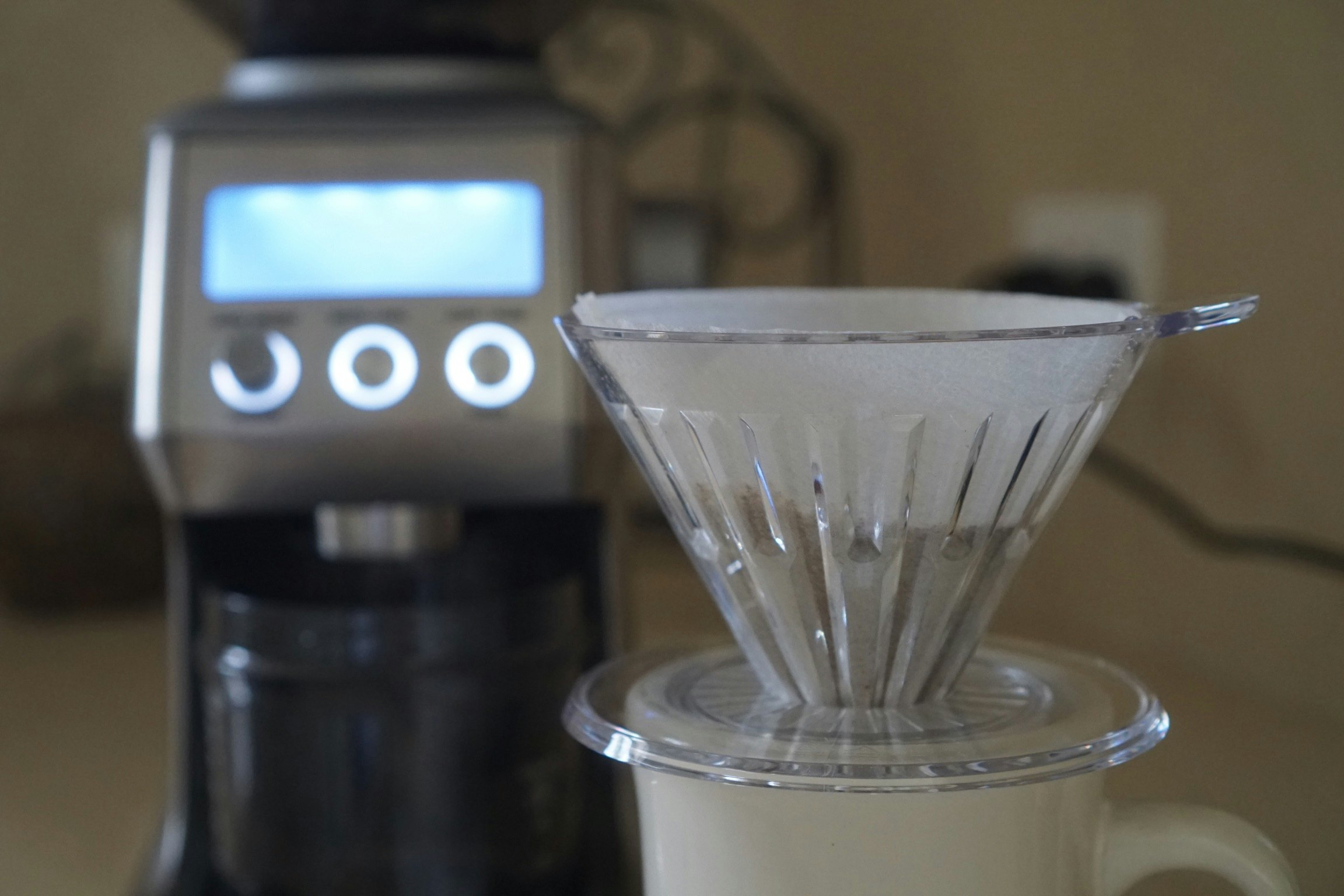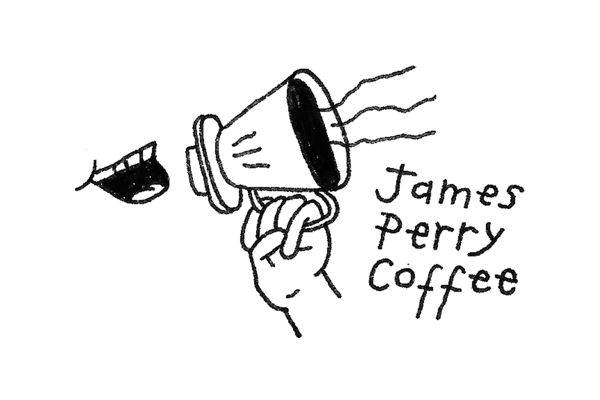What Is Coffee Literacy?
Part one of two
A few weeks ago I noticed a sponsored ad for a coffee company I had never heard of. It was touting its award winning natural Ethiopian roast. Alongside it there was two sets of numbers:
Espresso Filter
20:43, 25s. 19:310, 3’30”
You may look at these numbers and know exactly what they mean and how to approach them. You may look at these numbers and have no idea what they mean. This is just one part of coffee literacy. This information is not deceptively unclear, however it does require a particular style and background knowledge to read and understand. It reminded me of something the medical world agreed upon in 2018 - the directions on medication packets were not clear enough, and by adding steps in service as well as typographical cues and slight changes in language, misinterpretations dropped significantly. I’m talking about “take ONE tablet THREE times a day” type stuff. The words doctors used on medication were often inadequate for people who had lower levels of health literacy, ie, the ability to read and interpret cues written in medical language.
Here’s where I saw the parallels: companies selling premium products and having complete control over the language and information provided about such products for consumers? Check. A middleman trying to convey how to best use such products, but oftentimes struggling to communicate to consumers on a meaningful level, instead getting caught up with technical jargon? Check. And while messing up your pour over isn’t going to affect your health (that much), the question remained: does the coffee world take Coffee Literacy seriously enough?
What I Talk About When I Talk About Coffee Literacy
In an article from Australian Prescriber the key features of why health literacy is important are outlined. Here’s my attempt to recontextualise these in coffee terms. Words in italics are my interpretation of the health literacy guide from the NPS website:
The standard way in which directions are represented on coffee websites, guides and labels can be misinterpreted.
Are we giving enough information in our coffee retail? Do people have to rely mostly on baristas or youtube videos? How hidden is that information? Is there a limit to what we can actually convey for consumers?
Errors in interpreting instructions are more common in people with low coffee literacy.
Are we educating home brewers enough to make meaningful conclusions about brewing coffee when reading guides?
Improving written communication on labels and guides can reduce brewing errors.
How much of what we say actually makes sense to introductory home brewers, and what ways can we effectively communicate changing variables and results? Is the way we measure coffee and troubleshoot it as professionals relevant to home brewers?
Whilst there is not an emerging consensus on best-practice communication on coffee guides and labels, there is a lot of resources that already exist designed to aid home brewers along the way. We as industry people are not meant to hold the hand of anyone, but a $20 bag of coffee has different value to someone who buys it at wholesale and roasts it in great quantities than it does to someone who buys a bag every week or every fortnight. For that reason, why would we ever choose to leave out information that could help our customers enjoy our product more?
There is also a question of the ‘Coffee Literacy Environment’ and presumed knowledge of individuals. Individual health literacy refers to an individuals skills, knowledge and capacity to interpret, understand and act upon health information. The Health Literacy Environment looks at the way the health system affects the ability of someone to access, understand and use information to benefit their health. There is no shortage of valuable resources available for home brewers. But navigating the Barista Hustle forums, home-barista.com or even Reddit can be confusing, and time consuming. The disconnect that baffles me is why the company distributing the product doesn’t do as much as it can to clear up some brewing questions, ideally leading to a greater perceived value of the product and role of the company.
Incorrect information on a label can have disastrous consequences, but even correct information can contribute to medication errors. While information appeared to be correct, mistakes were still made in interpretation.

Where we are is almost analogous with the health world. When you know less, your whole world and expectations of how a brew is meant to go comes from the shop you got the coffee from. Maybe it tasted amazing there, and now, you’re trying your v60 and getting sub par results. You’re sticking to the recipe, still coming up short. It’s frustrating, and to me, can lead to a lessened view of the product. Guidelines on websites play a huge role here, and is something I will be looking at more in my follow up post of independent research.
Summing Up
Due to parallels in the health and coffee industry, we can conclude that good coffee literacy is: well defined brew recipes (clear instruction) that talk about scalable processesthat use recipes as starting points (useful information that is harder to be misinterpreted) delivered in an obvious way (on a package or made clear on a website). We can also say the coffee literacy of a consumer can be defined as good when they can clearly interpret brew recipes and use them to make adjustments to their coffee making. If a consumer also has clear access to brewing charts such as the Tasting Compass, and can use such resources to positively influence their coffee making at home, that’s a plus.
I looked at 15 notable and respected roasters from Sydney and Melbourne to gather information about what is done and what can be done to help smooth out the communication pattern between roaster and consumer. I want to look at what it looks like when coffee brewing communication is effectively shared, why people might leave holes in information, and I will also analyse the role effective brewing communication plays when compared with starting out as a home brewer. If you want to read more, then just stay tuned.
Thanks for reading, I hope you all enjoyed. As always, send me a message on @jamesperrycoffee on Instagram or jamesperrycoffee@gmail.com cheers Jimmy xx

